Learn to Walk Before You Run, and Then Just Walk Again? (Part 2)

An Anvil Training Article by Marshall Officer
A Quick Recap on the Benefits of Walking
There is no point arguing the benefits of exercise. That argument has been won time and time again, with benefits being demonstrated across mental and physical health and well-being, short term and long term health, and an improved quality of life. And yet, I learned recently that the newest generation of children in the United States is the first generation in history with a shorter life expectancy than their parents and grandparents. This is due to increasing levels of obesity and the plethora of health conditions that come from a sedentary lifestyle. This isn’t limited to just the US, either. In Australia, obesity levels are higher than ever, with over 25% of children recorded as obese (according to the Australian Institute of Health and Welfare, 2018).
This is a scary statistic. Especially when we consider that the fitness industry is bigger and more profitable than ever, and it seems to be doing very little to actually help people lead healthier lives. We could dive much deeper into all of these topics, but the one I want to address here is motivation. More specifically - how can you find an effective balance between a normal human being’s need for exercise and their aversion to discomfort, in order to convince them to keep exercising day after day, week after week, until it becomes a healthy habit?
Last week I wrote about some common misconceptions surrounding exercise, fitness, and how to use walking after meals as an effective way to build the healthy habit of exercise into your daily routine.
Step It Up
So, what comes next? Well like I said before, if all you do for the rest of your life is walk 10 minutes after every meal, you can reap significant benefits compared to if you don’t do it. However, for most people, this should not be where you stop. Every day you do this, you reinforce the habit that exercise is a natural and necessary part of a healthy life. Not only does exercise become a physically reinforced habit, your brain forms associations between the activity and a positive psychological/emotional outcome of ‘feeling better’ - also the psychological positive reinforcement of completing goals you set for yourself, or overcoming challenges you set for yourself is productive. This change makes it much easier to implement what the medical and fitness community call ‘Progressive Overload’. The body is capable of adapting to higher levels of activity, so if you really want to see significant changes to your looks and health, you will need to increase the level of activity over time. Plus, your body is smart and cunning! It will adapt to new stimulus eventually. But this article isn’t for people looking to take their training to the next level - it’s for people that can’t find the motivation to even start.
But, please don’t stop reading now! I know you’ve heard it all before - ‘walk, then do a walk/run combination, then run 5km, then run 10km, then run a marathon!’ Fortunately, that isn’t what I’m getting at. Walk 10 minutes after lunch, 7 days a week. Build a healthy habit. Walk 10 minutes after every meal, 7 days a week. Keep building that habit. And then, eventually, on the weekend you could make one of those 10 minute walks a 20 minute walk. Or a walk up a hill. One fun fact is that although walking and running for the same distance do NOT burn the same amount of calories, walking up a steep incline will burn approximately the same amount of calories as running the same distance on a flat surface. So if you hate running, but you’re learning to enjoy these regular walks, why not find a hill nearby and walk up that every so often? It’s not too much harder, it could even be a goal you set yourself, but it is a drop in the bucket of building that habit and even counts towards progressive overload.
So Once Again, Why Should I Do This?
Ten minutes walking after every meal could literally save your life. A sedentary life correlates with a huge number of health problems, that not only affect you as an individual, but will cost you money (personally and as a taxpayer, due to the immense amounts of money going to government healthcare system every year). And finally, children are becoming more obese because of the example the previous generation is setting. It has been shown that children learn most of their lifestyle habits from those around them - their parents or support network - and practice them later in life. So,every time you get up for a walk, or make exercise a habit, you are setting a positive and healthy example for the next generation. The more you do it, the more they will do it, and it will end up saving their lives, too.
There is one last bonus I’ve saved for the end! Have you ever wanted to read more, listen to more podcasts, learn more about interesting topics, your personal passions or spend more time studying for a promotion or gateway at work? Well guess what? You now have at a minimum, 10 more minutes a day to do that. We live in a time where almost every book is an audiobook, and a huge range of those are available on Spotify, Audible or Youtube. Every podcast imaginable is accessible and easily listened to on a 10 minute walk. If you are walking after 3 meals a day, you could be spending 30 minutes a day learning more than you already were. Forget reading a chapter before bed every night. Make your habits work even harder for you, and use that time to learn, escape, or grow.
Count It For Yourself
What does it all add up to? Well, let’s say you start walking for 10 minutes after lunch, 7 days a week. At 70 minutes a week - that’s 3640 more minutes a year you are spending learning and living a healthier life. Triple that if you walked for 10 minutes after every meal of every day. How many books do you read on average now? How many more do you think you could get through if you spent 10,920 minutes every year absorbing new information and developing a habit that was saving your life in the process?
Finally, think about how easy will it be to do specific exercise if it’s just building on a habit you already do 3 times a day, every single day. Sometimes, exercise is uncomfortable. Sometimes, it hurts and you feel like shit. Sometimes, all it takes is going outside and walking for 5 minutes in one direction to save money, learn more, watch your kids grow up, and live a longer, healthier life.
Learn to walk before you run, and then just walk again.
***Disclaimer worth noting - this is a suggestion to improve everyday health and fitness/well-being. However, there are individuals who may not fall into the group of ‘most people’ who can do this - those with a disability or chronic illness (heart, lungs etc). If you have a diagnosed medical condition, please consult a qualified medical professional who can advise what sort of ‘healthy exercise habit’ you could do. You don’t have to let existing health concerns stand in the way of building good habits and living a more active life.
About Us
Anvil Training and Development is a group of Australian veterans who care about the physical and mental health of veterans and emergency service workers. We’re passionate about ongoing education and working with others to implement positive change.
Instagram: Anvil Training & Development - @anvil.td
Facebook: Anvil Training & Development - @anvil.td
www.anviltd.com
(Article Edited, Proof Read, and Fact-Checked by Charlotte Officer)
VES Mental Health Resources: https://anviltd.com/pages/ves-australian-mental-health-resources
Further Reading and Sources
http://thechart.blogs.cnn.com/2011/09/23/which-burns-more-calories-walking-or-running/
https://www.ncbi.nlm.nih.gov/pubmed/23190592
https://www.active.com/walking/articles/running-versus-walking-which-burns-more-calories
https://www.healthline.com/health/walking-vs-running
https://www.aihw.gov.au/reports-data/behaviours-risk-factors/overweight-obesity/overview
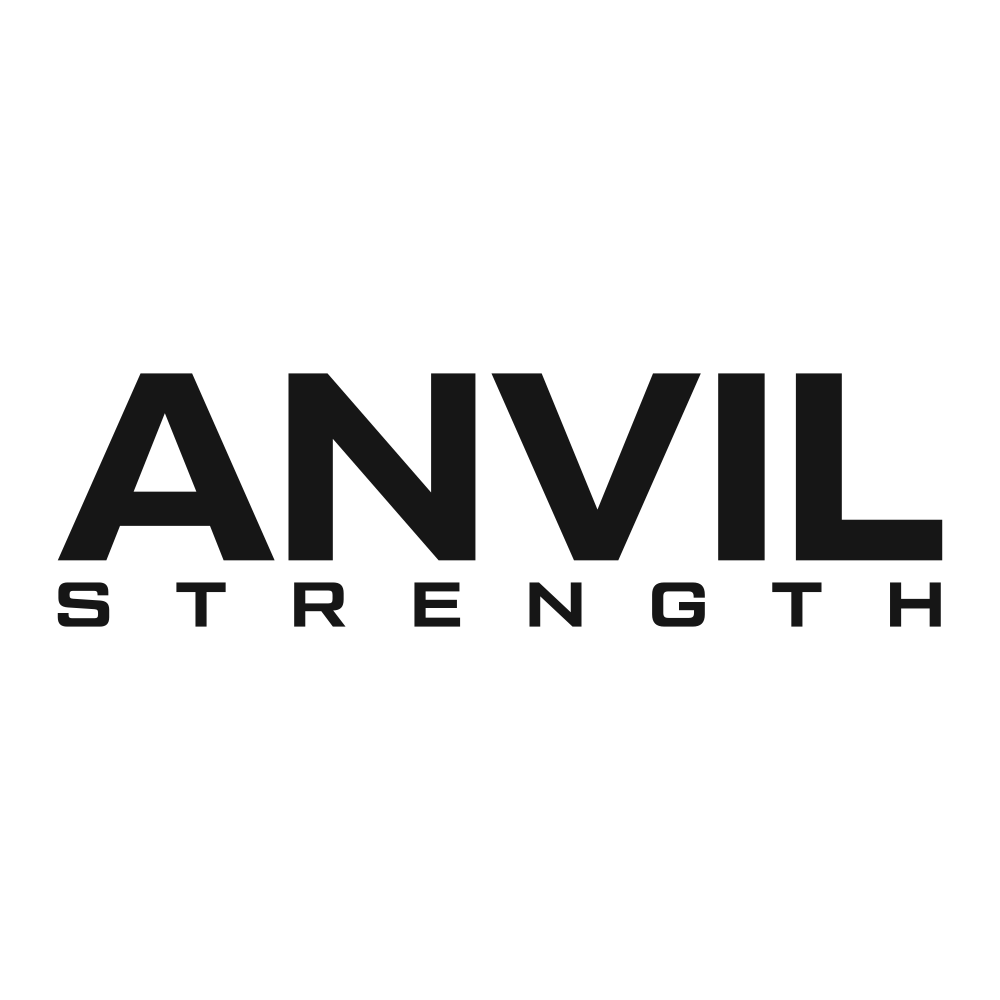
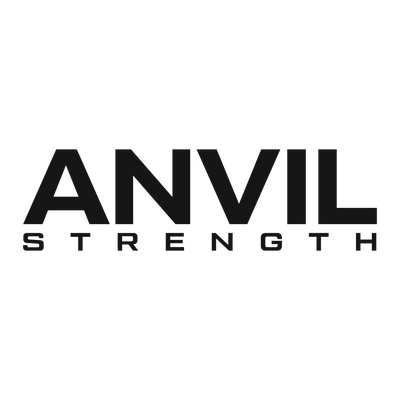




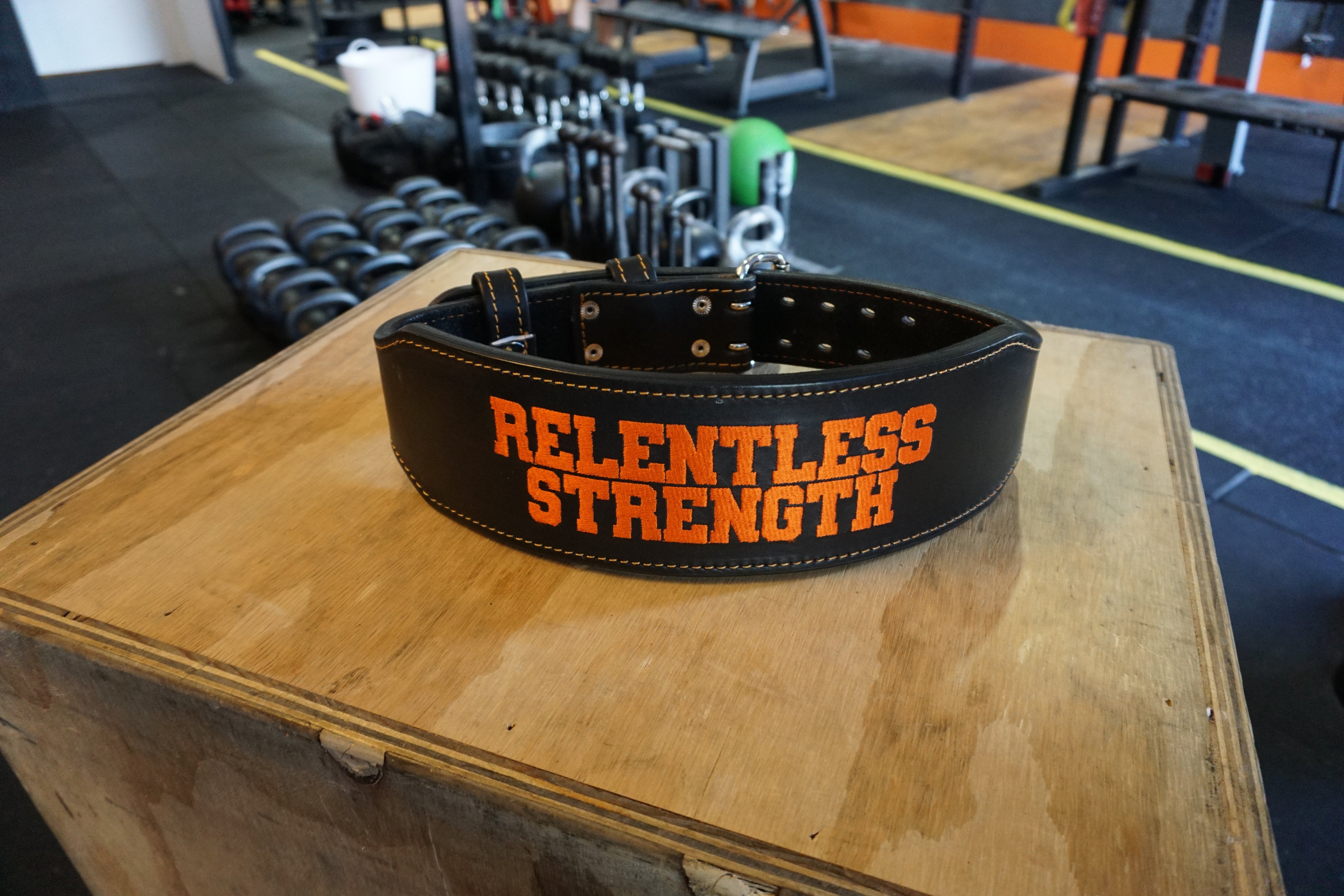
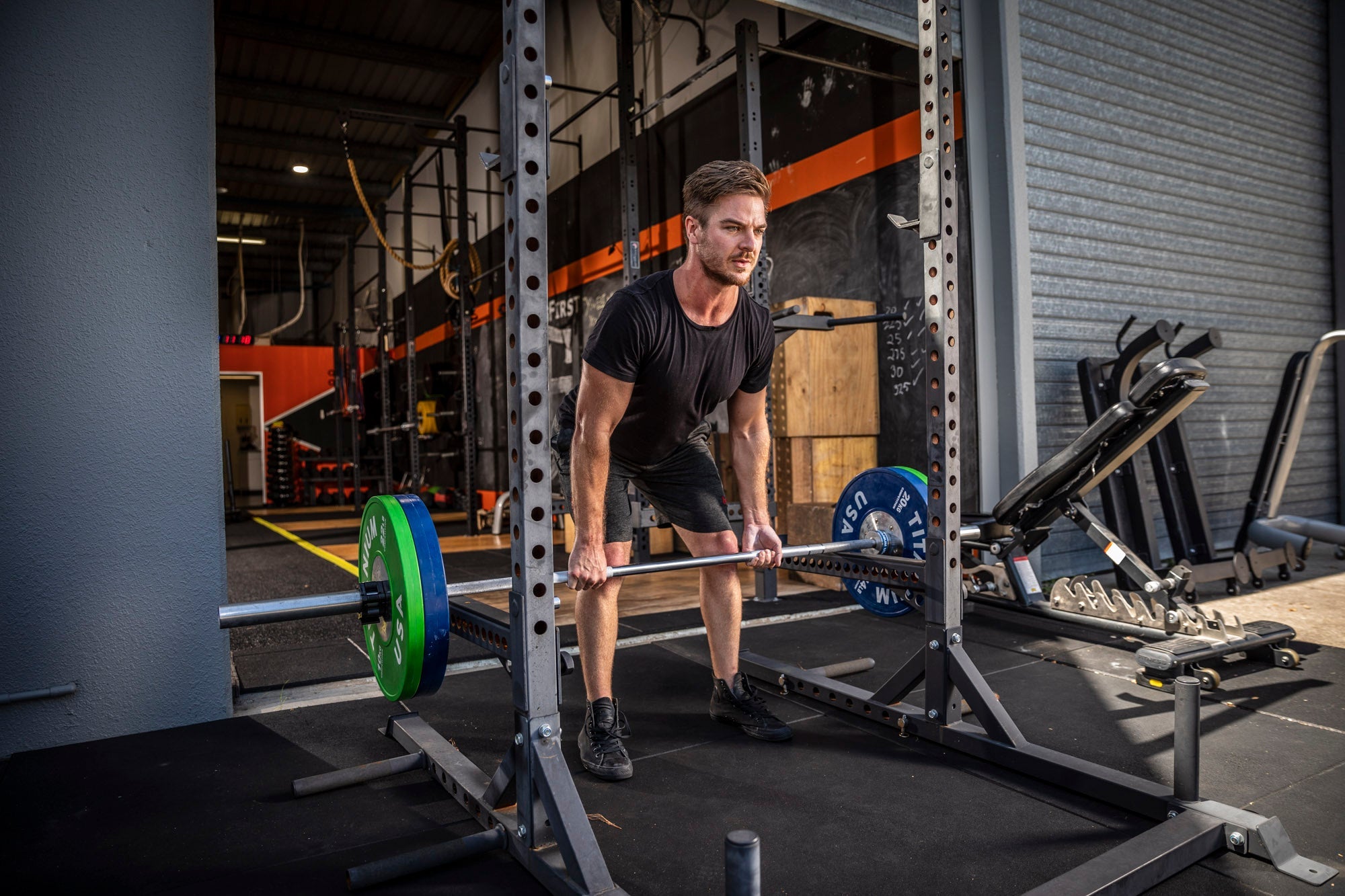
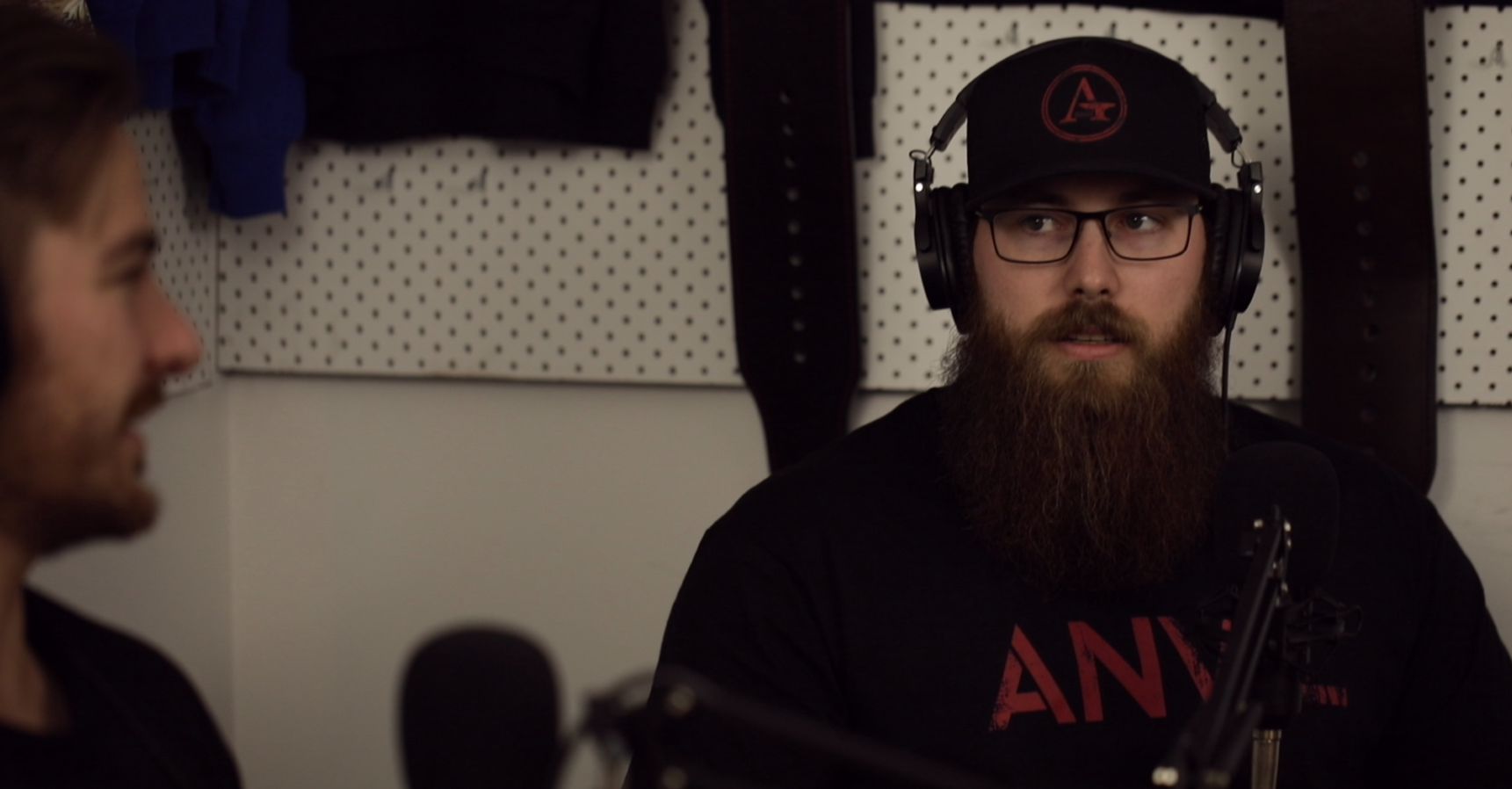
Leave a comment